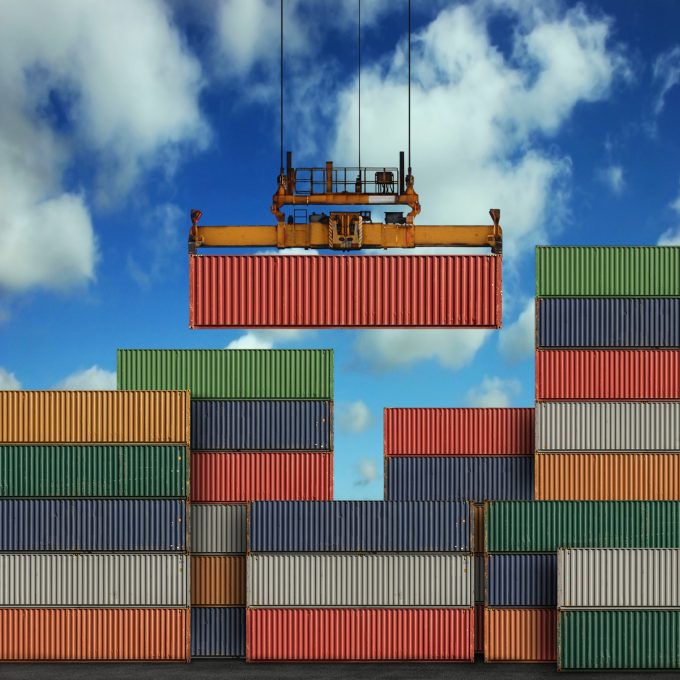Could this five-in-one collapsible container finally be the game-changer?
Compact Container Systems (CCS) has released its SeaFold HC 40ft, a folding container that can ...

Despite the glut of equipment and falling freight rates, shipper-owned containers (SOCs) may be more cost-effective than renting those owned by carriers.
Consultancy Container Xchange, in its annual survey, suggests this is because of scarce equipment in inland locations and SOCs not being subject to unexpected demurrage and detention fees.
As with its previous surveys, Container Xchange went undercover, posing as a forwarder to enquire about SOC and COC rates for moving logs between China’s Ningbo and European ports.
Of the carriers approached, ...
Outlook for container shipping 'more uncertain now than at the onset of Covid'
Transpac container service closures mount
Zim ordered to pay Samsung $3.7m for 'wrongful' D&D charges
Flexport lawsuit an 'undifferentiated mass of gibberish', claims Freightmate
Shippers warned: don't under-value US exports to avoid tariffs – 'CBP will catch you'
Cancelled voyages take the sting out of spot rate declines this week
New Houthi warning to shipping as rebel group targets specific companies
Blanked sailings in response to falling demand 'just a stop-gap solution'


Comment on this article